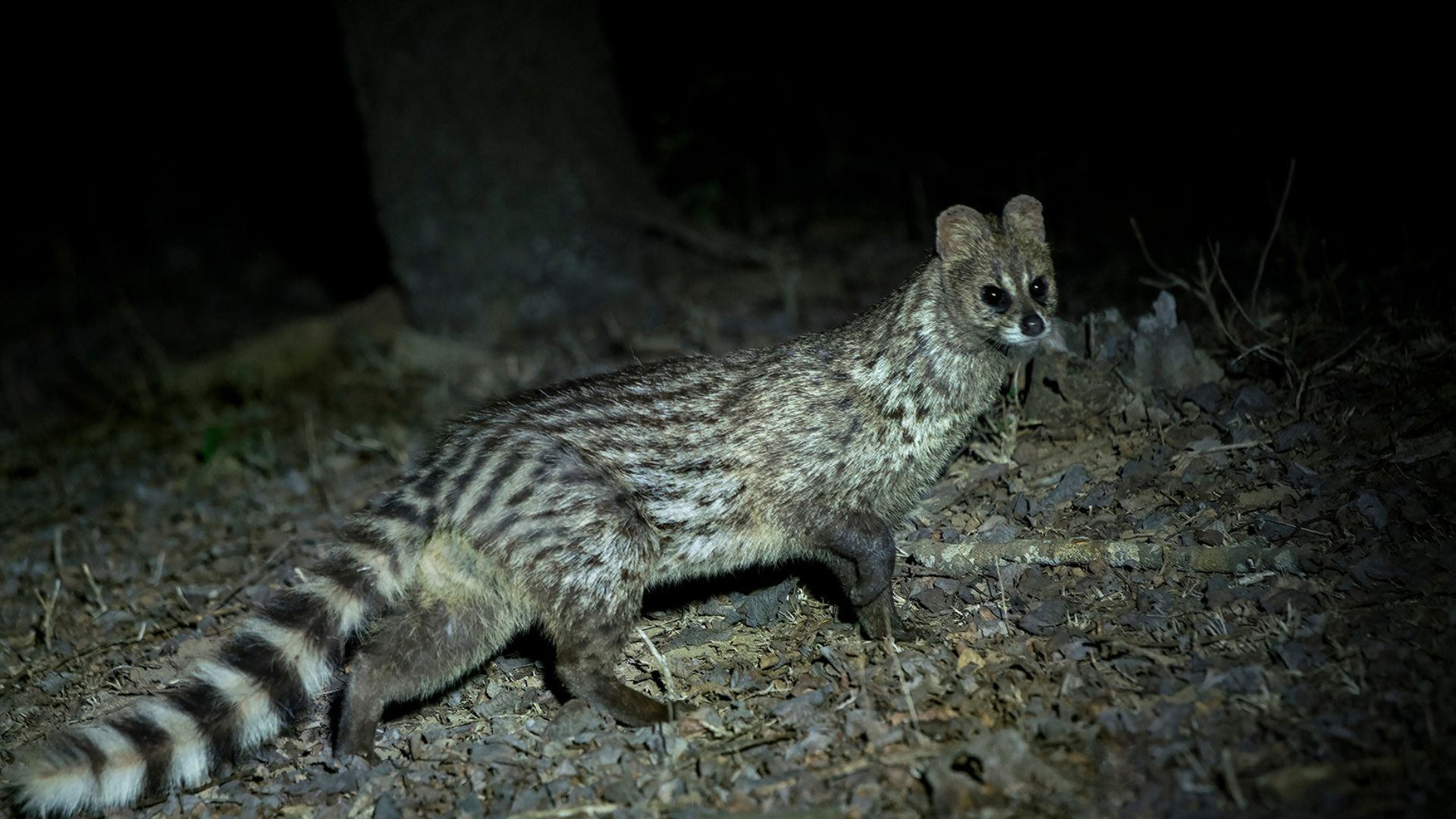Photographic capture-recapture to count stripes: a novel method to count India’s wild tigers
Research Article: Karanth, K. U., & Nichols, J. D. (1998). Estimation of tiger densities in India using photographic captures and recaptures. Ecology, 79(8), 2852–2862. Blog [...]











